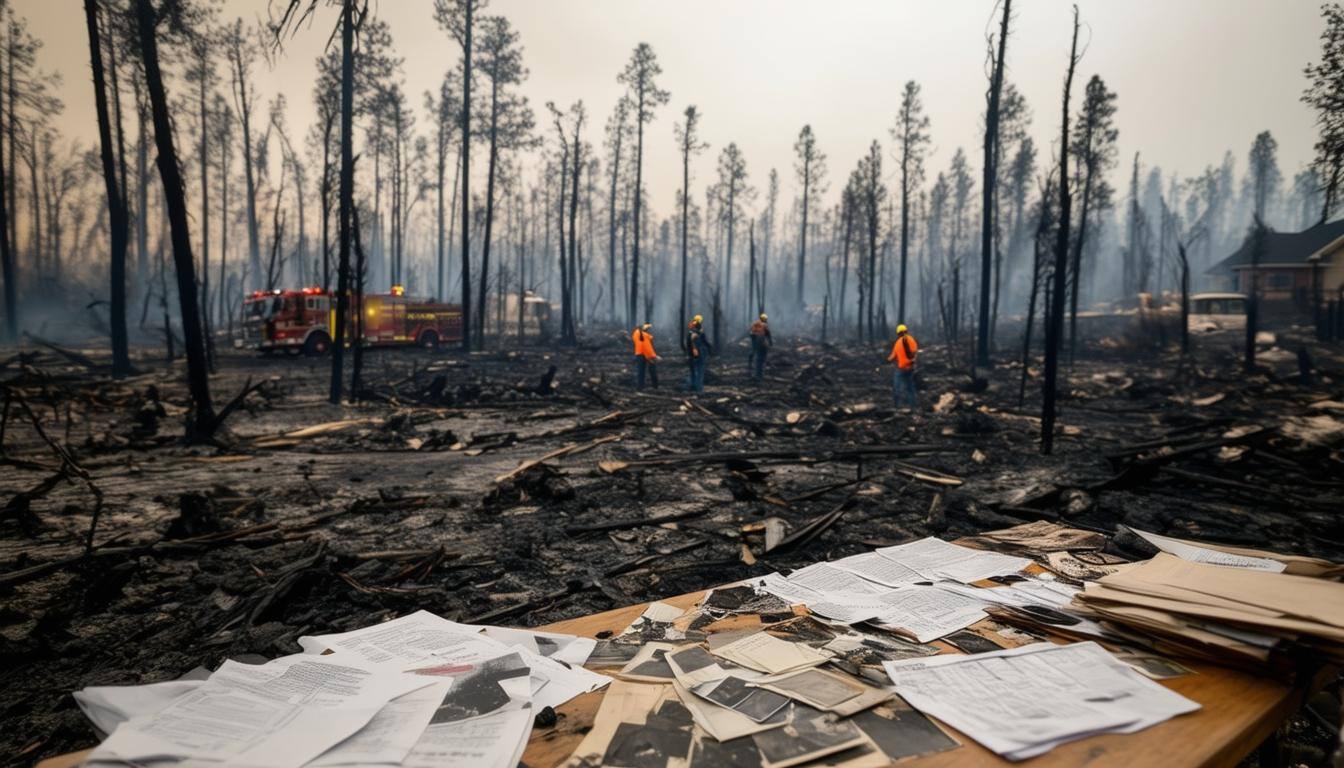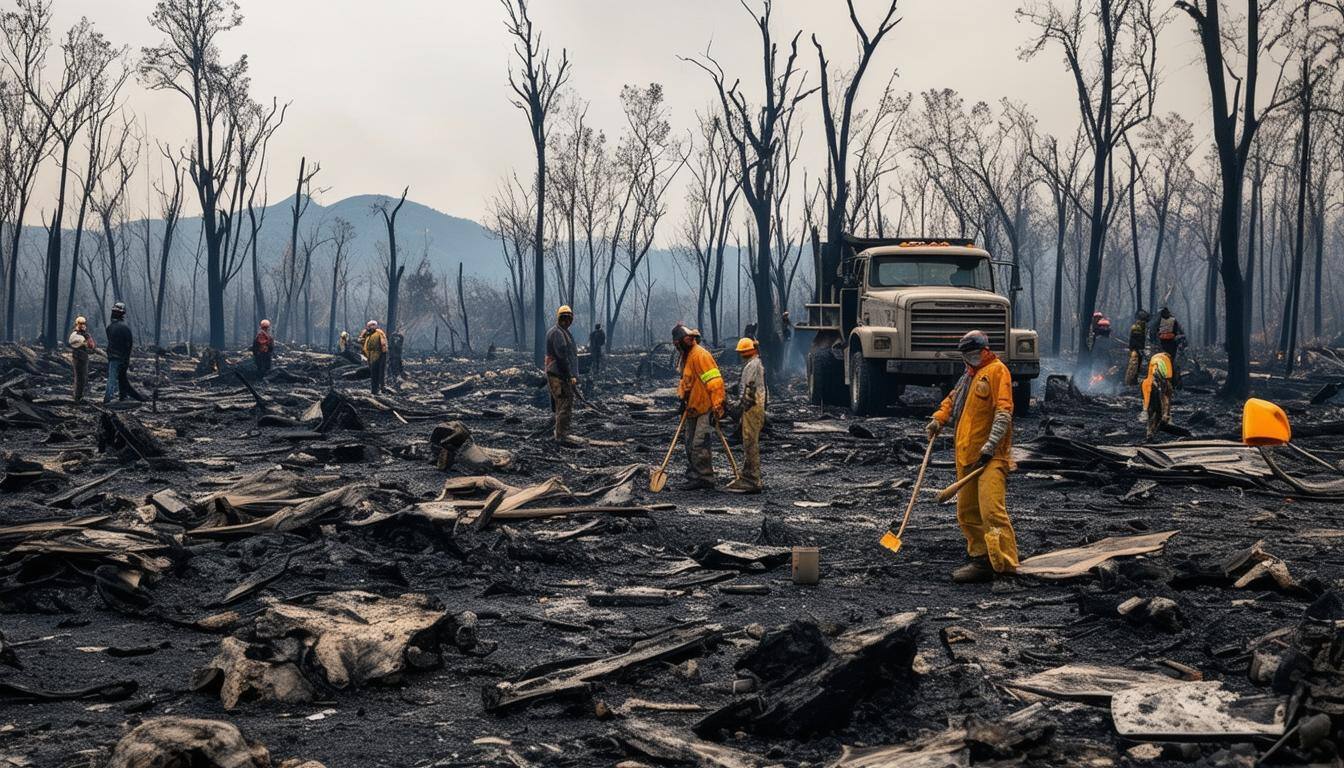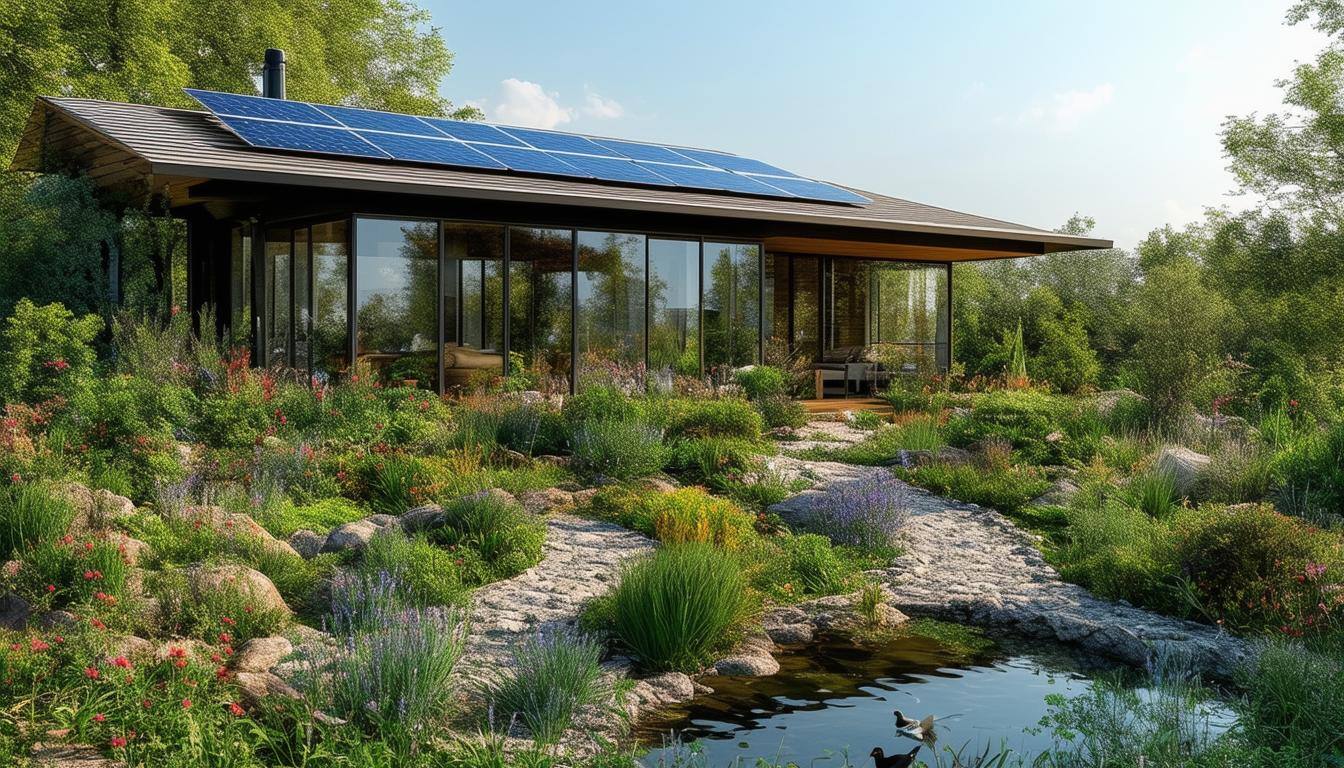What you need to know about the Wildfire Debris Removal Process
Wildfires can leave behind not only charred rubble and ash but also hidden hazards. After a major fire, the cleanup process is both critical and...
2 min read
Noah Riley
:
Jan 9, 2025 10:43:33 AM

With thousands of structures lost to recent wildfires in Los Angeles, many homeowners and business owners face the daunting task of recovery.
The two most important things to know are:
This guide provides practical steps to help you navigate the insurance claims process and begin rebuilding.
Act Quickly: Once you and your family are safe, call your insurance provider to file a claim. Provide detailed information about the damage.
Expect Delays: Wildfire claims can take months or even years to resolve, depending on the extent of the damage and the volume of claims in your area.
Advance Payments: If your home is destroyed during a state-declared emergency, insurers must pay at least one-third of the estimated value of your belongings and four months of rent upfront.
Cash Advances: Request advances for living expenses, such as renting furniture or buying essentials.
Start a Recovery Diary: Keep detailed notes of conversations with your insurer, including dates, names, and summaries of discussions. Document conversations with detailed follow-up emails capturing the key takeaways.
Inventory and Photos: Before cleaning or removing debris, be sure to communicate with your insurance adjuster, photograph the damage and list all destroyed property.
Save Receipts: Document all expenses, including hotel stays and pet boarding, to support your claim.
Paper Trails: Send follow-up emails to confirm what was discussed with your adjuster.
Get a Second Opinion: Review settlement offers with a construction professional before accepting.
Public Adjusters: Consider hiring a public adjuster to advocate for you, but note they charge a fee.
Policy Limits: Insurance typically covers rebuilding or repairing your home to its original quality but not upgrades.
Business Claims: For businesses, gather records of damaged inventory, equipment, and financial documents to support claims for property damage and business interruption coverage.
Local Assistance Centers: Obtain replacement documents (e.g., passports, licenses) and property tax reassessments. Mental health resources are also available.
Federal Aid: Register with FEMA if the disaster is federally declared.
Pause Before Signing: Avoid making hasty decisions or signing documents under pressure. Vet contractors and adjusters carefully.
Limited Options: FEMA may provide some assistance, but rebuilding without insurance is challenging. Seek local resources to piece together support.
What’s Covered: Renter’s insurance typically covers personal belongings and temporary housing but not structural damage, which is the landlord’s responsibility.
Recovering from a wildfire is a complex process, but with careful planning and persistence, you can navigate the challenges ahead. Stay organized, seek professional advice when needed, and prioritize your safety above all else.
Reimagine what’s possible. At The Unwind, we explore the art of creating healthier, more sustainable homes and communities that inspire a fulfilling and balanced life for generations to come.

Wildfires can leave behind not only charred rubble and ash but also hidden hazards. After a major fire, the cleanup process is both critical and...

Discover the importance of reducing embodied carbon in new construction homes and how it can contribute to reducing climate change and building a...